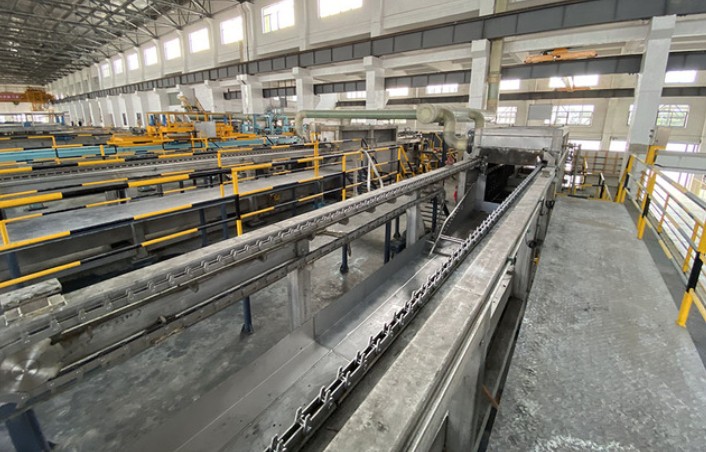NEWS&EVENTS
Home > News&Events > Company news > Main advantages and applications of electrolytic antimony refining process
Electrolytic refining is a key technology for producing high-purity antimony. Compared to pyrolytic refining, it has significant advantages in product purity, comprehensive resource utilization, and environmental protection. The following is a detailed introduction to the advantages of electrolytic antimony refining in the antimony production field:

Extremely high product purity: By precisely controlling the current density, electrolyte composition and temperature, this process can effectively separate impurities in antimony. The purity of the final cathode antimony is usually as high as 99.9% or more, and the total impurity content can be stably controlled to meet the stringent requirements of high-end applications for material performance.
Highly efficient recovery of precious metals: During electrolysis, precious metals that are less reactive than antimony (such as gold and silver) and certain rare metals do not dissolve at the anode but precipitate as "anode mud." This anode mud becomes a valuable raw material for extracting high-value byproducts, greatly improving the economic efficiency of the entire process and achieving comprehensive resource recovery.
Process efficiency and energy saving: Modern electrolysis processes, through optimized electrolyte systems and improved equipment, can achieve high current efficiencies of over 95%. This means that electrical energy is used more effectively for antimony deposition, thereby significantly reducing energy consumption and production costs per unit product.
Environmental friendliness: Compared to traditional pyrometallurgical processes that generate large amounts of sulfur dioxide and dust, the closed-loop electrolysis system effectively controls the escape of harmful gases. Simultaneously, advanced wastewater treatment technology allows for the recovery of valuable elements and recycling, aligning with the principles of green metallurgy and sustainable development.
In terms of applications, high-purity antimony is widely used in electronics, semiconductors, and chemicals. In the electronics industry, it is used to manufacture high-performance semiconductor materials; in the chemical industry, it is used as a catalyst or additive to improve product quality. The recycling of precious metals further expands its application value, allowing for more efficient use of resources.